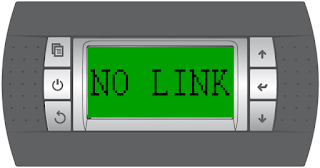Air Conditioning in commercial applications
Air-conditioning represents the process that enables and maintains specific temperature, relative humidity and indoor air purity conditions. Over and above outdoor conditions, this process enables, via the control of four variables, (air temperature, humidity, movement and quality), hygroscopic comfort for the occupants of a specific environment.
In commercial buildings, there are two solutions to achieve such comfort: hydronic systems and air-to-air systems. In hydronic systems, water is used as a heat exchange fluid. The units producing hot or cold water to provide comfort are called chillers. Besides the chiller units, there are hydronic terminals (fan coils) and air handling units that heat and chill the individual environments, managing air quality.
On the other hand, the fluid used for the heat transfer in air-to-air system is air. The units used in these types of systems are air handling units and roof-tops. The latter are also called package units because they come in single unit comprising the refrigerant circuit and the air handling section.
CAREL's control offering for commercial applications is based on programmable controllers, scalable in terms of inputs/outputs depending on the application to manage and having a full range of accessories such as displays, sensors and options such as communication modules that can offer a reliable, yet flexible solution, to respond to various needs.
One important aspect regarding commercial buildings is high electricity consumption. For this reason, another distinctive feature of CAREL's offering is the continuous technological innovation to integrate into your own system, high-efficiency devices such as electronic expansion valves, and drivers for brushless variable speed compressors, which are elements of fundamental importance for achieving high energy efficiency applications in the services sector and minimising environmental impact.




Comments
Post a Comment